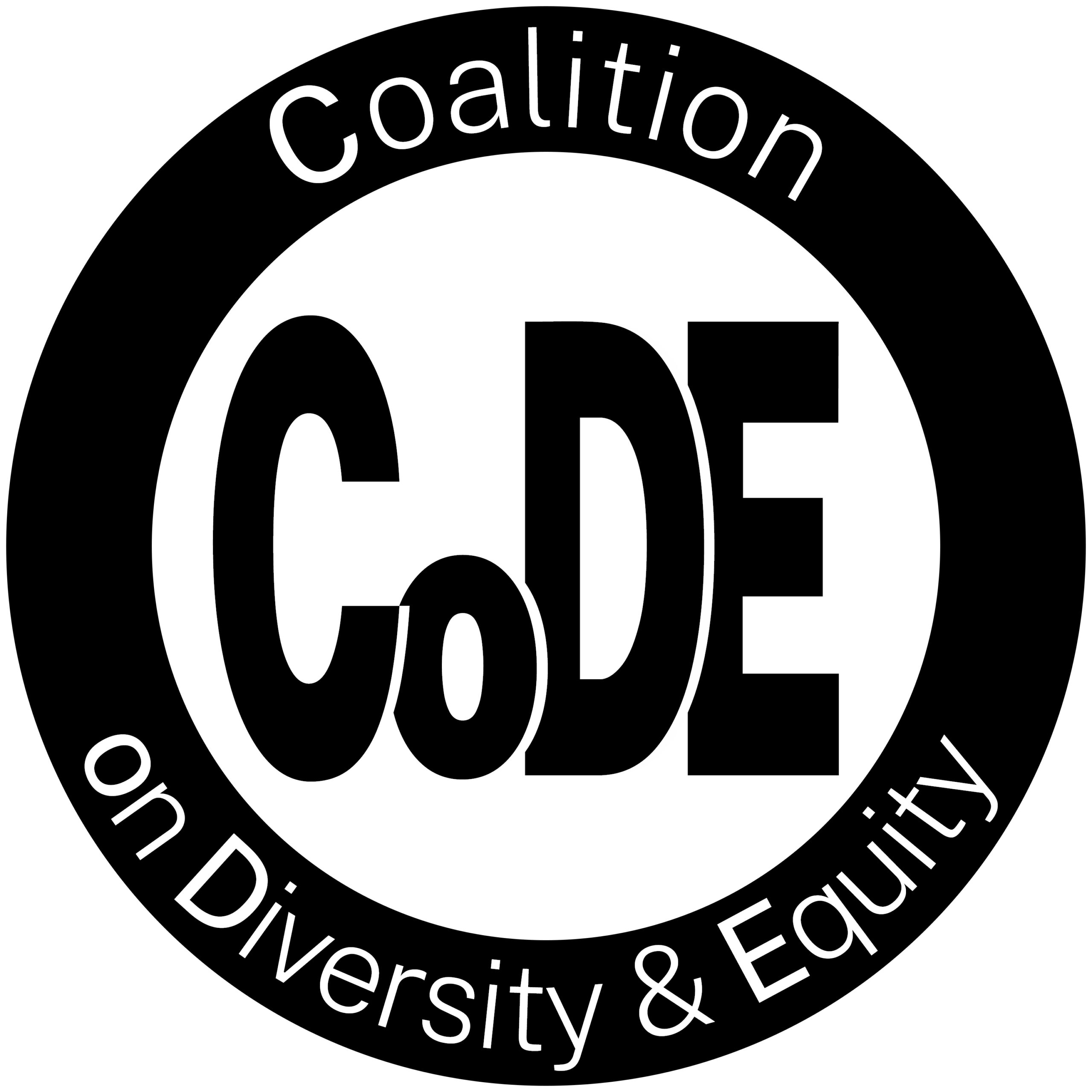Celebrating Thanksgiving While Respecting the Truth about History
Thanksgiving is a major holiday celebrated by most American families. It’s a time to gather with family and friends to show gratitude for our blessings and share a delicious meal. The problem is that the story behind the holiday is a myth – and one that harms members of the indigenous community. We can still celebrate togetherness, generosity and gratitude, but we should be clear about the history and careful not to perpetuate the harmful myth.
Here are some of the many resources to access to learn more:
The Myths of the Thanksgiving Story and the Lasting Damage They Imbue by Claire Bugos
Across the United States, children don headdresses colored with craft-store feathers and share tables with classmates wearing black construction paper hats. It’s a tradition that pulls on a history passed down through the generations of what happened in Plymouth: local Native Americans welcomed the courageous, pioneering pilgrims to a celebratory feast. But, as David Silverman writes in his new book This Land Is Their Land: The Wampanoag Indians, Plymouth Colony, and the Troubled History of Thanksgiving, much of that story is a myth riddled with historical inaccuracies. … Silverman argues that the telling and retelling of these falsehoods is deeply harmful to the Wampanoag Indians whose lives and society were forever damaged after the English arrived in Plymouth.
The True Dark History of Thanksgiving
While many will continue getting together with friends and loved ones to celebrate and recognize the gifts provided since the year before, incorporating traditional ingredients and recipes as well as teaching the factual history can go a long way in healing and restoring the Native narrative within the American culture.
The Thanksgiving Tale We Tell Is a Harmful Lie. As a Native American, I’ve Found a Better Way by Sean Sherman
The thing is, we do not need the poisonous “pilgrims and Indians” narrative. We do not need that illusion of past unity to actually unite people today. Instead, we can focus simply on values that apply to everybody: togetherness, generosity and gratitude. And we can make the day about what everybody wants to talk and think about anyway: the food.
Teaching Kids the True Meaning of Thanksgiving by Meghan Fitzgerald, Founder, Tinkergarten
Books for children and teens:
Colonization and the Wampanoag Story by Linda Coombs
History Smashers: The Mayflower by Kate Messner (author), Dylan Meconis (illustrator)
For other books check out this resource.
Picture Books to Help You Slow Down and Say Thanks by Deborah Farmer Kris, for PBS Kids
Flashcards from Debby Irving, author of Waking Up White
Debby made these for her family’s Fall Break (aka Thanksgiving) and has made the activity sharable so everyone who is interested in justice can help their families understand how divisions are built on untruths.
1) click on link below to open PDF
2) print on paper of your choice
3) fold in half lengthwise
4) cut on dotted lines
5) now you have 9 flashcards!
6) have those gathered around the table read the card Q & As in order from 1 to 9
Prepare with care. If you are further along in your journey than some in your friend/family circle, what skills can you use to set the stage for mutual learning while diffusing polarization, blame, and shame? We learn better when we learn together!
PDF link ─ Fall Break Myth Buster Flashcards
Other articles:
Truthsgiving: The True History of Thanksgiving, Do Something
Who Were the Pilgrims Who Celebrated the First Thanksgiving, National Endowment for the Humanities
